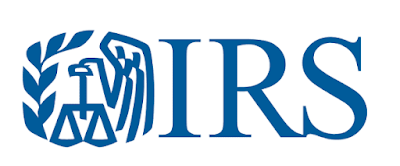When the world goes to war, should you fortify your portfolio with defense stocks? Technically, we might not be in a world war, but little by little, the globe is becoming a chaotic jumble of military conflicts.
Some conflicts are burning slowly, like that in Ukraine; others, such as those across the Middle East, are raging. Either way, governments around the world are seeing the need to arm up, if only to head off unwanted excursions from neighboring countries.
If spending does pick up, it could bring in some huge profits for those companies manufacturing the latest high-tech weaponry, smart bombs and warplanes. Specifically, it's companies such as Lockheed Martin Corp. (ticker: LMT), Northrup Grumman Corp. (NOC), Raytheon Co. (RTN), General Dynamics Corp. (GD) and Boeing Co. (BA) that should profit.
Read more here.



